I have another garbage pile of posts, on account of me being lazy and not posting over the holiday. So here we go:
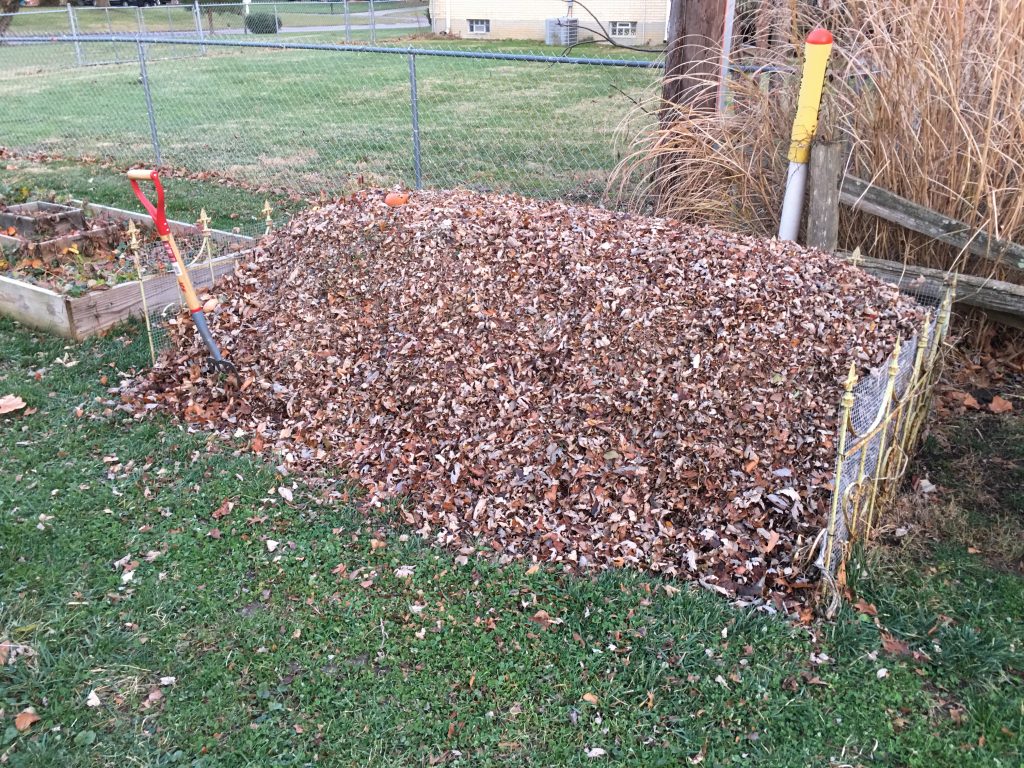
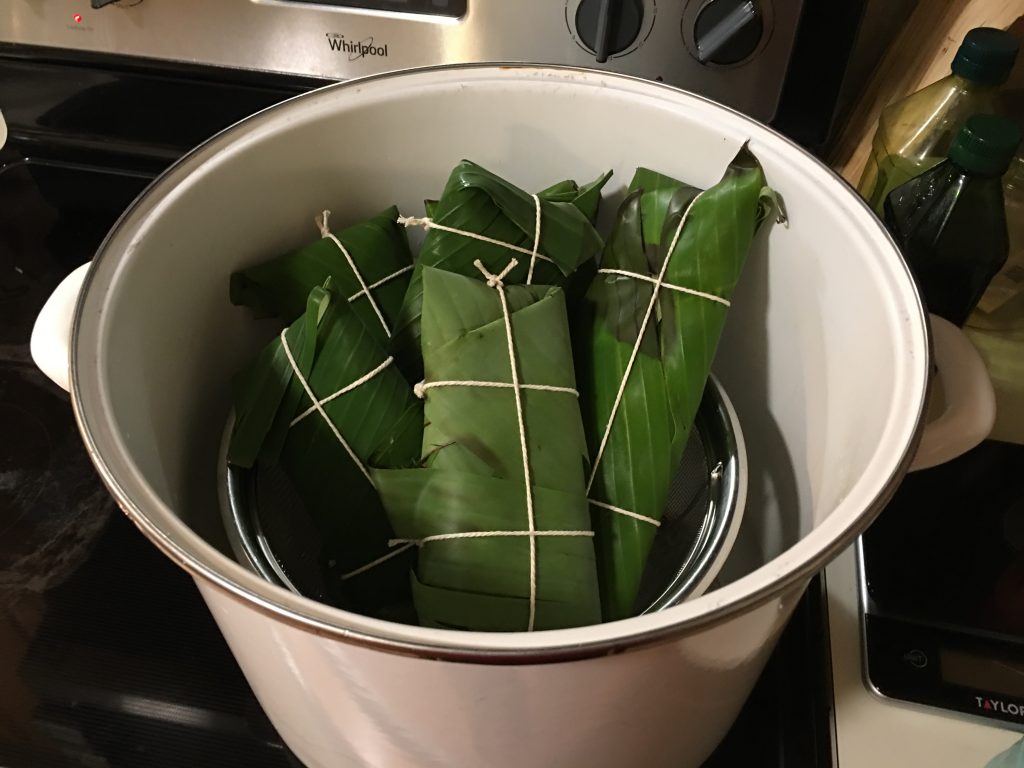
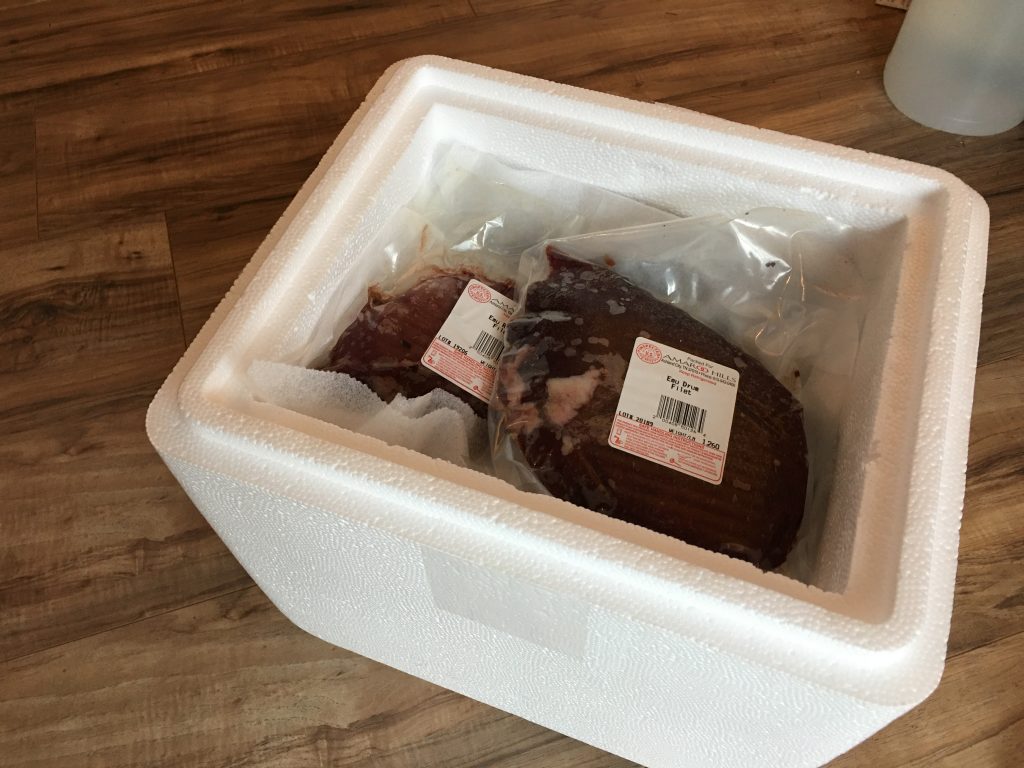
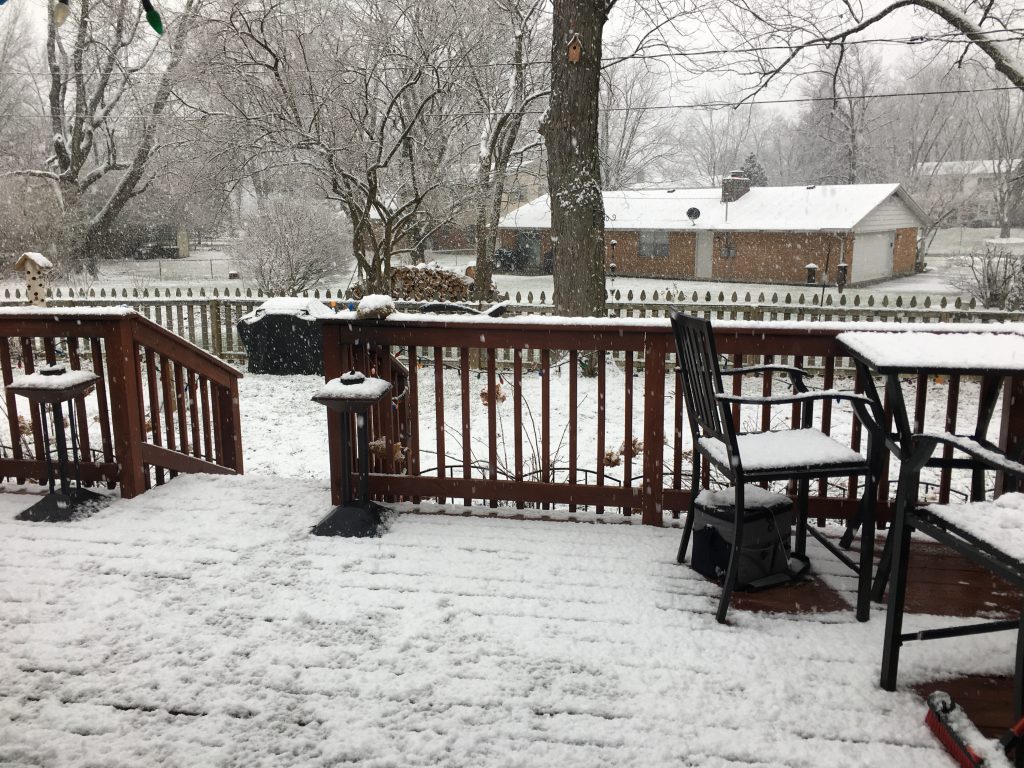
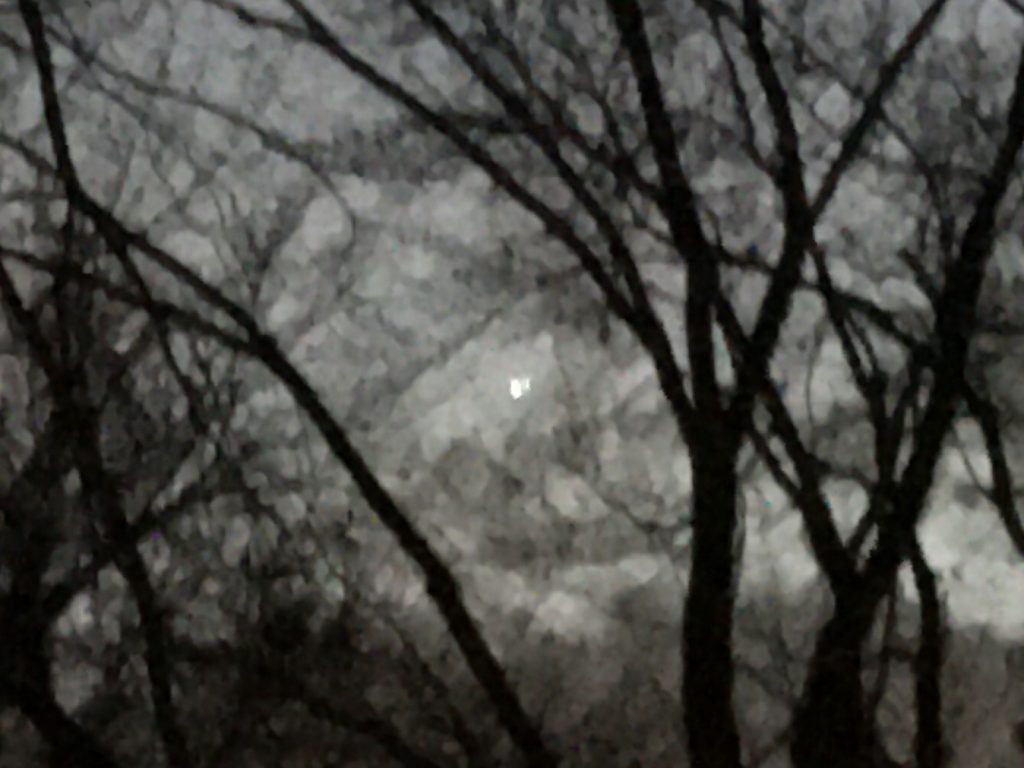
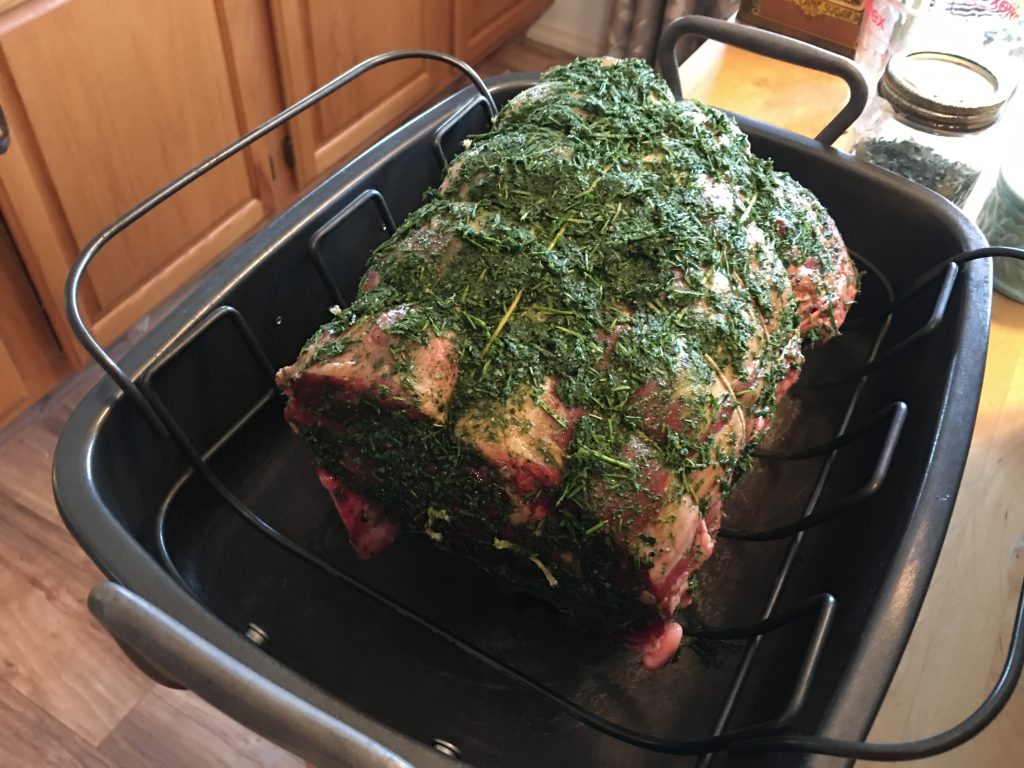

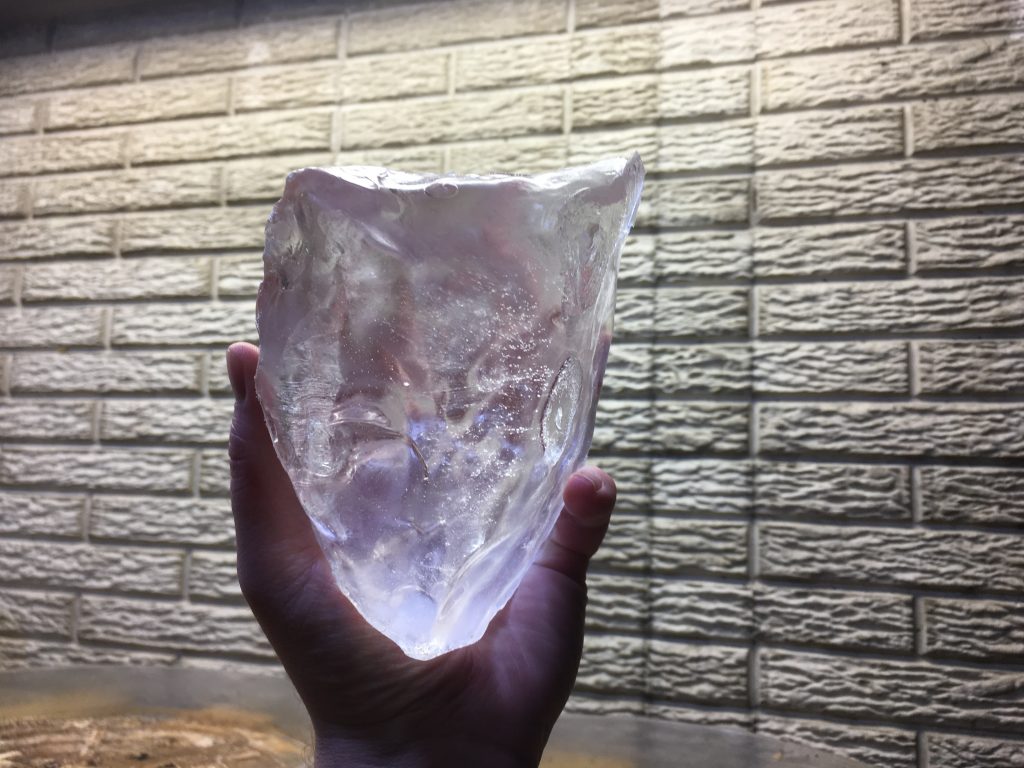

–Simon

Tales from Easement Acres
I have another garbage pile of posts, on account of me being lazy and not posting over the holiday. So here we go:









–Simon
Just a sweet potato
I harvested the sweet potatoes. More this year. Starting earlier helped, but it seems to be the number of starter plants themselves that has a greater impact on total yield. Next year, we’ll try that.
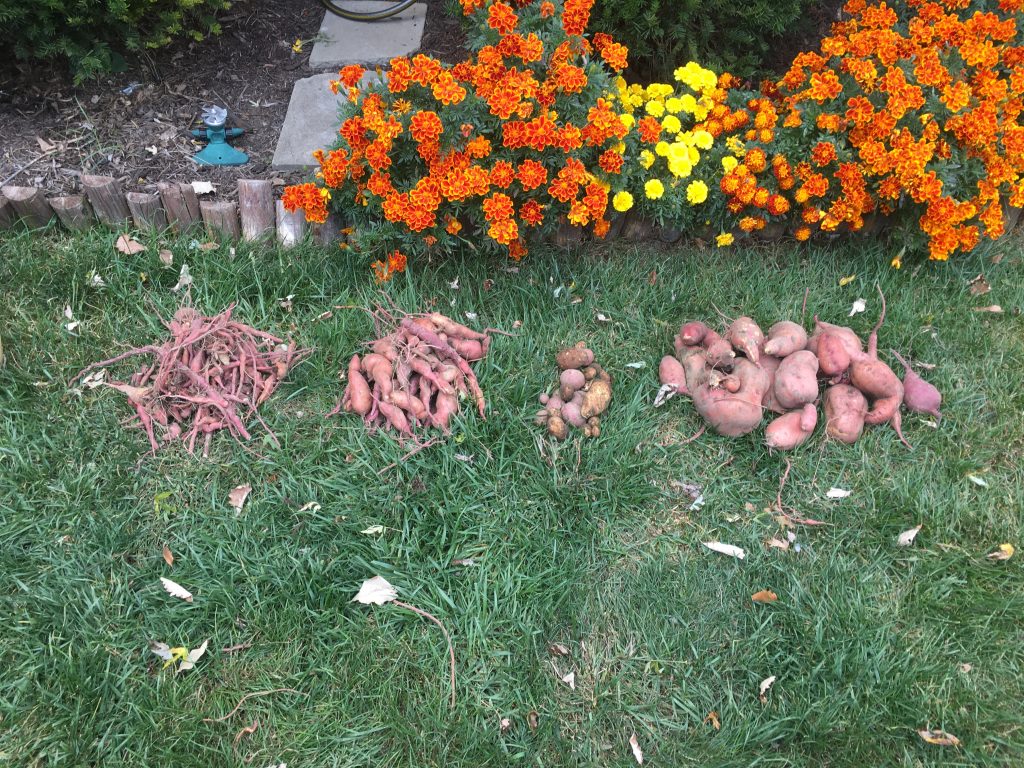
–Simon
Liz tried a second crop of carrots. Better this time, though the harvest was still small. I don’t think they’re the most energy-efficient vegetable to grow, but neither are tomatoes I suppose. Plus, they’re needed for those delicious mirepoix..es.
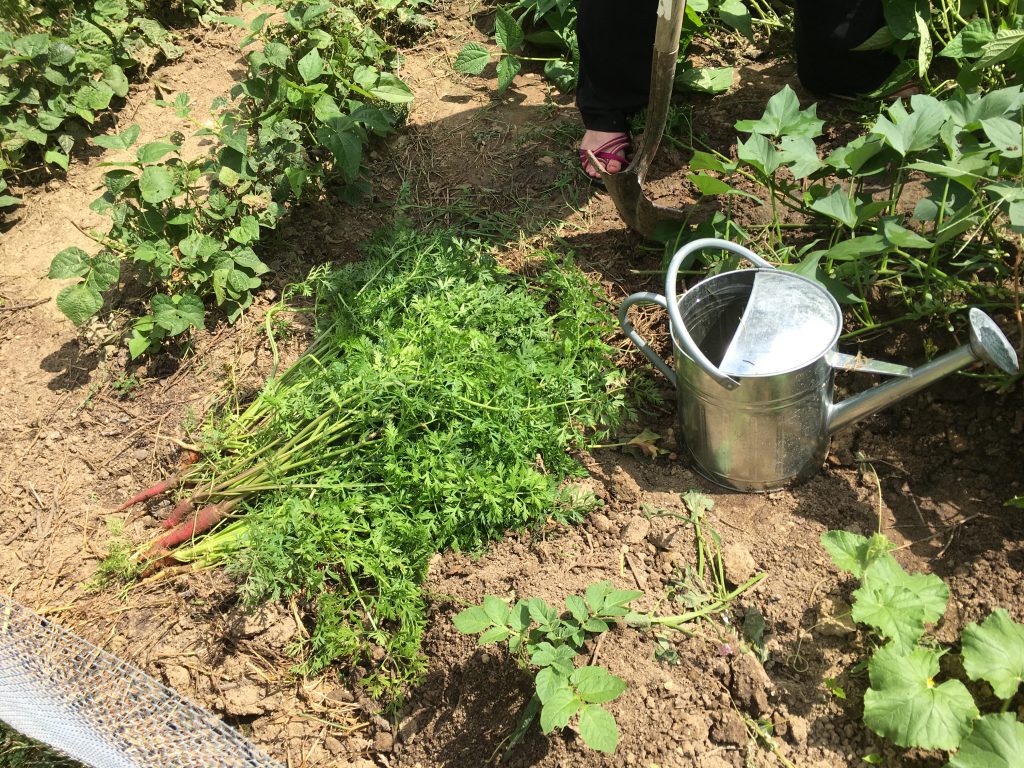
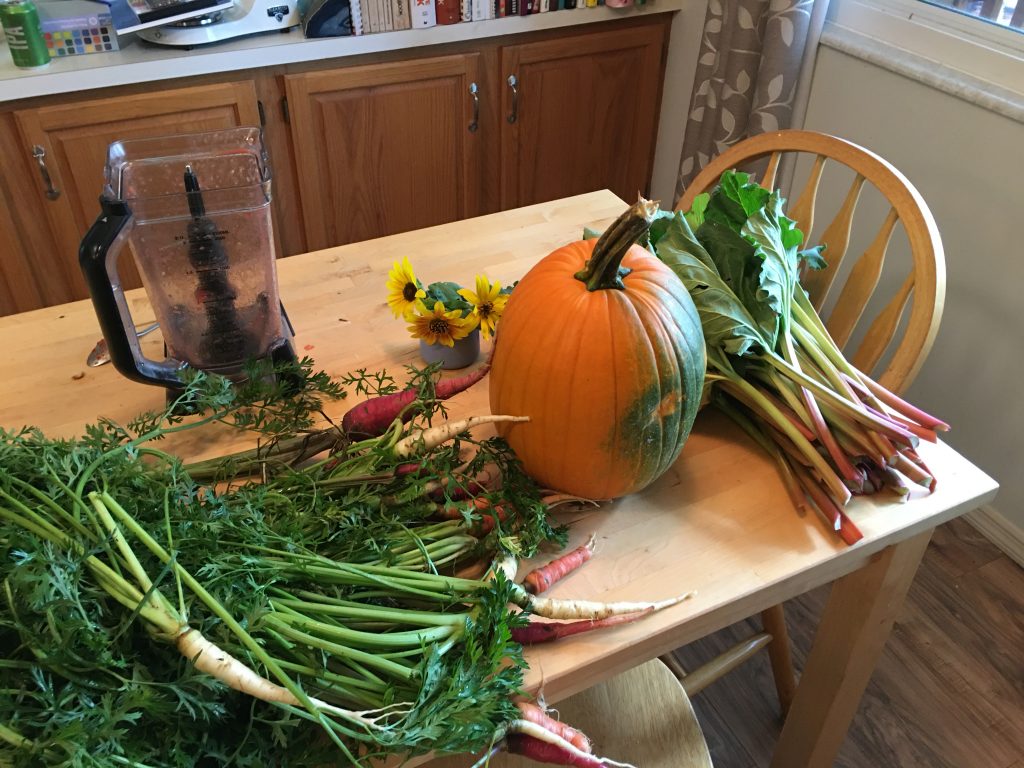
–Simon
Contrary to what my gardening habits might imply, I don’t really like squash. At best it’s a filler that absorbs more palatable flavors, and at worst it’s a slimy earthy sludge. For example, squash cooked with apples tastes good–like apples. Squash cooked with butter tastes like butter. Squash cooked as-is tastes like…sludge.
Case in point: Mediterranean Sausage Bake. This abomination, a recipe of my mother’s, involved baking zucchini with eggplant and onions, with some cheese and sausage for flavor. It was disgusting, but a favorite of dad’s, so each Father’s Day we lived the nightmare.
So anyway, back to present, I have a lot of squash. Ronde de Nice, specifically. And dad was visiting. It presented an opportunity to unload some of it. The plan was to cook him the sausage bake while we ordered a pizza. And yet…
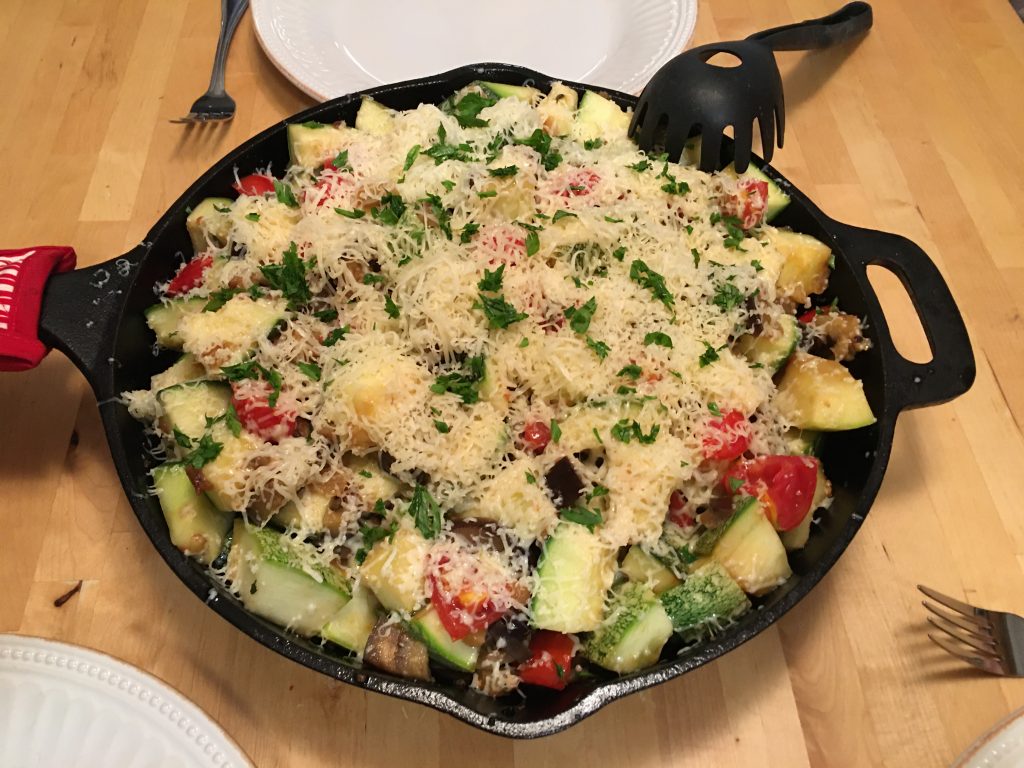
…look at that!
Okay, so I used a lot more cheese, but still. It warranted a taste. And it was…reasonably acceptable.
Maybe I used better sausage. Maybe the Ronde de Nice was better than standard zucchini. Maybe I sweated the onions better. Whatever the case, it was edible, and a way to use up some garden produce.
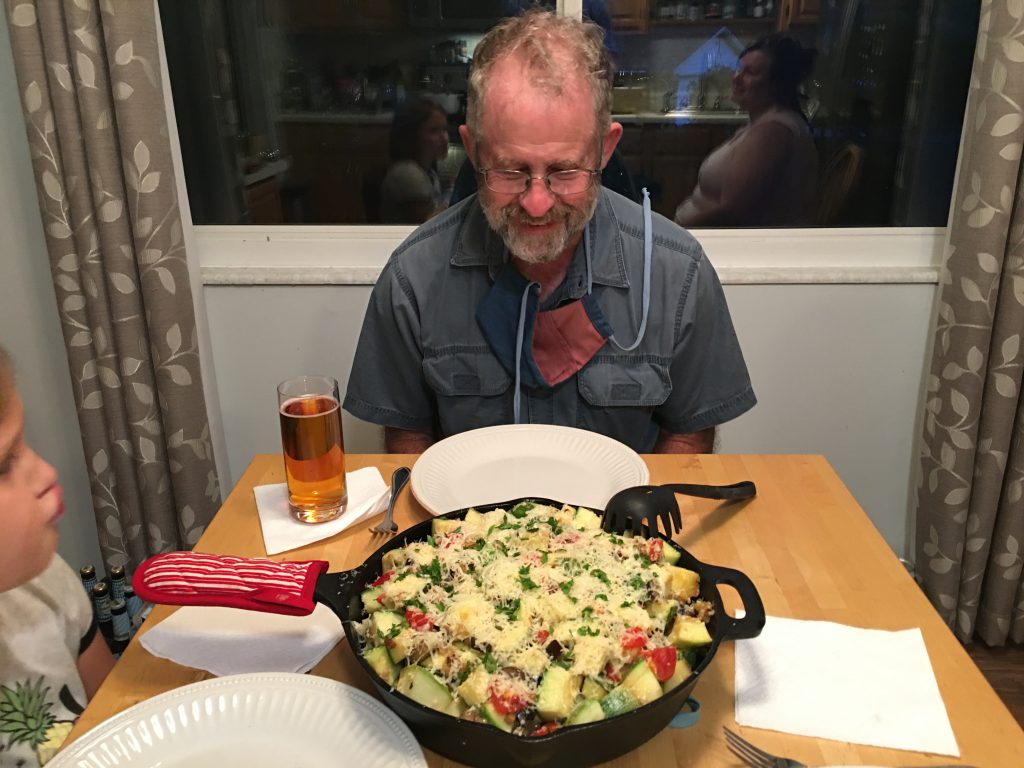
And it made the old man happy.
–Simon